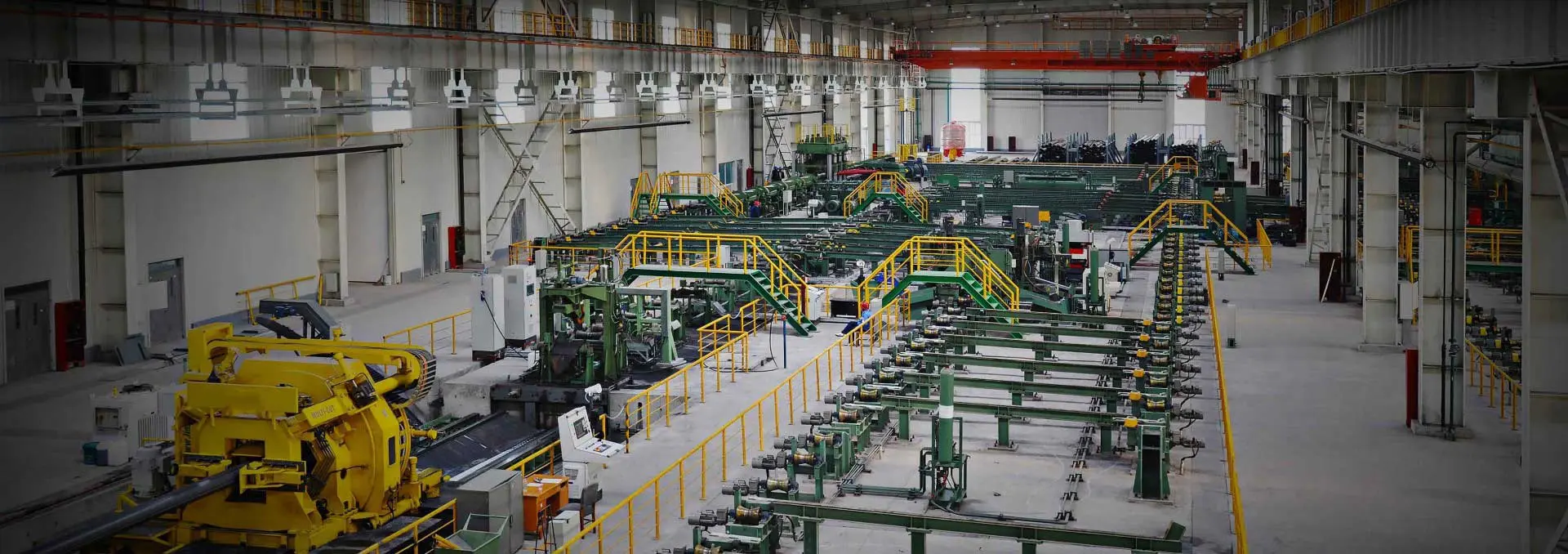|
ASTM Grade
|
Type / Manufacturing Method
|
Main Application / Description
|
|
A53
|
Welded and Seamless Carbon Steel Pipe
|
For ordinary uses such as water, gas, and steam lines.
|
|
A106
|
Seamless Carbon Steel Pipe
|
For high-temperature service.
|
|
A161
|
Seamless Low-Carbon and Carbon-Molybdenum Steel Pipe
|
For refinery service, distillation tubes.
|
|
A178
|
Electric-Resistance-Welded Carbon Steel Tube
|
For boilers, superheaters, and heat exchangers.
|
|
A179
|
Seamless Cold-Drawn Low-Carbon Steel Tube
|
For heat exchangers and condensers.
|
|
A134
|
Electric-Fusion (Arc) Welded Steel Pipe
|
16 inches and over in diameter.
|
|
A192
|
Seamless Carbon Steel Boiler Tube
|
For high-pressure service.
|
|
A135
|
Electric-Resistance-Welded Steel Pipe
|
For conveying gas, vapor, water, or other liquids.
|
|
A199
|
Seamless Cold-Drawn Intermediate Alloy Steel Tube
|
For heat exchangers and condensers.
|
|
A139
|
Electric-Fusion (Arc) Welded Steel Pipe
|
4 inches and larger, for pressure and structural purposes.
|
|
A200
|
Seamless Intermediate Alloy Steel Pipe
|
For refinery service, distillation tubes.
|
|
A209
|
Seamless Carbon-Molybdenum Alloy Steel Tube
|
For boilers and superheaters.
|
|
A210
|
Seamless Medium-Carbon Steel Tube
|
For boilers and superheaters.
|
|
A211
|
Spiral-Welded Steel Pipe
|
For general engineering and pressure service.
|
|
A213
|
Seamless Ferritic and Austenitic Alloy Steel Tube
|
For boilers, superheaters, and heat exchangers.
|
|
A214
|
Electric-Resistance-Welded Carbon Steel Tube
|
For heat exchangers and condensers.
|
|
A226
|
Electric-Resistance-Welded Carbon Steel Tube
|
For high-pressure boilers and superheaters.
|
|
A250
|
Electric-Resistance-Welded Carbon-Molybdenum Alloy Steel Tube
|
For boilers and superheaters.
|
|
A252
|
Welded and Seamless Steel Pipe Piles
|
For structural and piling applications.
|
|
A254
|
Copper-Brazed Steel Tube
|
For automotive and refrigeration applications.
|
|
A333
|
Seamless and Welded Steel Pipe
|
For low-temperature service.
|
|
A334
|
Seamless and Welded Carbon and Alloy Steel Pipe
|
For low-temperature applications.
|
|
A335
|
Seamless Ferritic Alloy Steel Pipe
|
For high-temperature service.
|
|
A370
|
Test Methods and Definitions for Steel Products
|
Describes mechanical testing requirements.
|
|
A381
|
Metal-Arc-Welded Steel Pipe
|
For high-pressure transmission service.
|
|
A405
|
Seamless Ferritic Alloy Steel Pipe
|
For high-temperature service with special heat treatment.
|
|
A422
|
Butt-Welded Steel Tube
|
For refinery guided-wave applications.
|
|
A423
|
Seamless and Welded Low-Alloy Steel Pipe
|
For general industrial and pressure service.
|
|
A450
|
General Requirements for Carbon and Alloy Steel Pipe
|
Covers standard manufacturing and inspection rules.
|
|
A498
|
Seamless and Welded Carbon, Ferritic, and Austenitic Alloy Steel Tube
|
With integral fins for heat exchangers.
|
|
A500
|
Welded and Seamless Cold-Formed Carbon Steel Structural Tube
|
For structural applications, round or shaped sections.
|
|
A501
|
Hot-Formed Welded and Seamless Carbon Steel Structural Tube
|
For structural use at moderate temperatures.
|
|
A512
|
Cold-Drawn Butt-Welded Carbon Steel Mechanical Tube (CDBW)
|
For mechanical use; Grades 1010, 1012, 1020.
|
|
A513
|
Electric-Resistance-Welded Carbon and Alloy Steel Mechanical Tube (ERW-DOM)
|
For mechanical use; DOM supplied as 1020 or 1026 grades.
|
|
A519
|
Seamless Carbon and Alloy Steel Mechanical Tube (CDS or HFS)
|
For mechanical use; common grades include 1016, 1026, 4130, 4140.
|
|
A520
|
Supplementary Requirements for Seamless and ERW Carbon Steel Pipe
|
For high-temperature boiler applications.
|
|
A523
|
Plain-End Seamless Electric-Resistance-Welded Steel Pipe
|
For high-pressure pipe-type cable circuits.
|
|
A524
|
Seamless Carbon Steel Pipe
|
For ordinary fluid service and low-temperature use.
|
|
A530
|
General Requirements for Specialized Carbon and Alloy Steel Pipe
|
For additional testing and dimensional requirements.
|
|
A539
|
Electric-Resistance-Welded Steel Pipe
|
For natural gas and fuel oil pipelines.
|
|
A556
|
Seamless Cold-Drawn Carbon Steel Tube
|
For feedwater heaters.
|
|
A557
|
Electric-Resistance-Welded Carbon Steel Tube
|
For feedwater heaters.
|
|
A587
|
Electric-Resistance-Welded Carbon Steel Pipe
|
For chemical process piping.
|
|
A589
|
Seamless
|
|

 English
English Español
Español




 Tel : +86-18565811709
Tel : +86-18565811709 Email :
Email : 
 News
News




